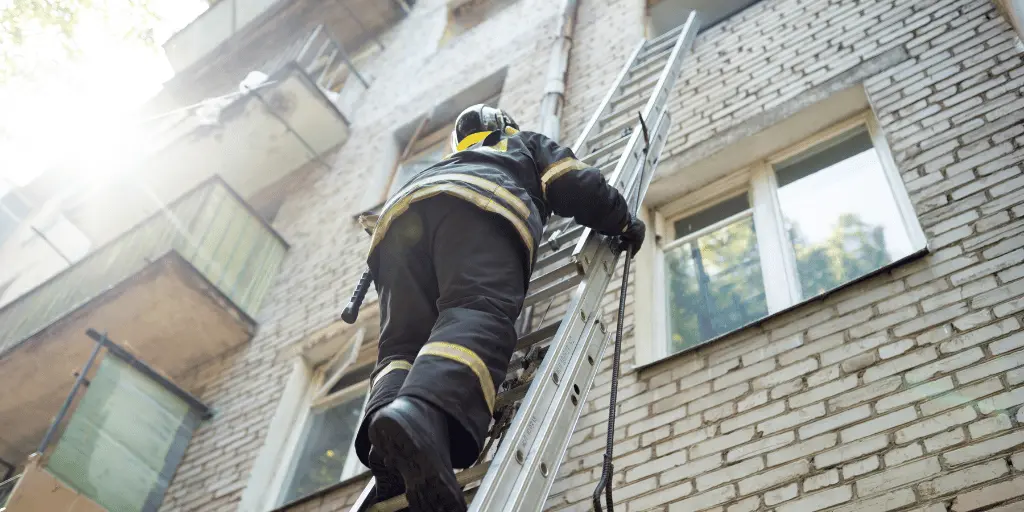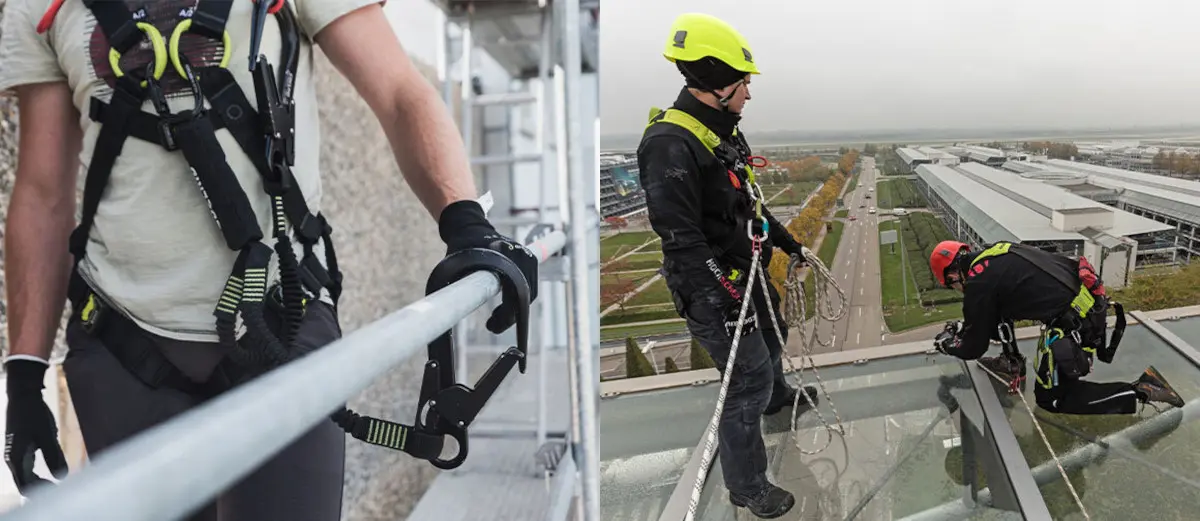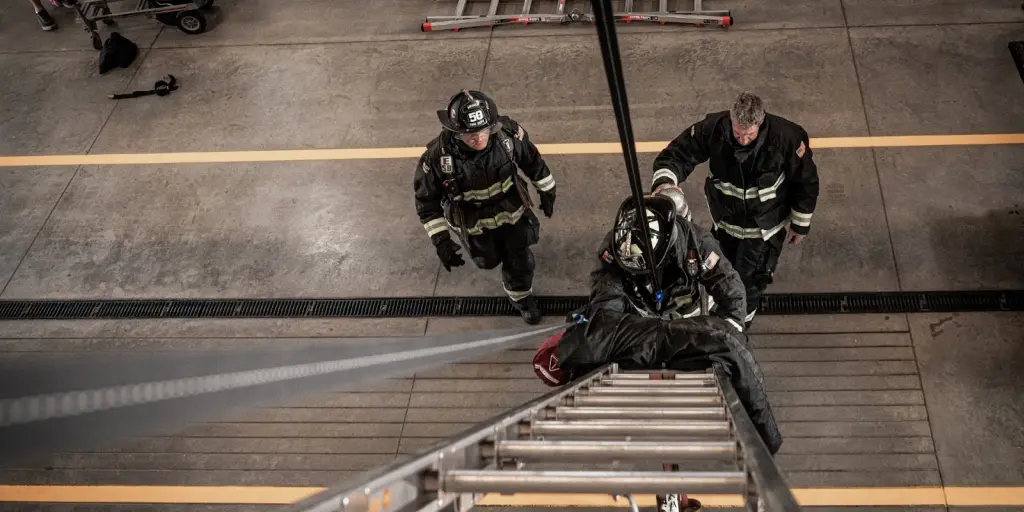
Elevating Safety Standards in High-Risk Environments: When it comes to working at height, safety isn’t just a priority—it’s a lifeline. Imagine being perched atop a skyscraper, scaling a wind turbine, or dangling from a bridge. Your heart races, adrenaline pumps, and one wrong move could spell disaster. This is where self-retracting lifelines (SRLs) come into play, acting as silent guardians for those brave souls who tackle jobs that make most of us dizzy just thinking about them.
In this comprehensive guide, we’ll explore the world of SRLs and their indispensable role in keeping workers safe when gravity is their greatest enemy. From construction sites to firefighter training, these ingenious devices are revolutionizing safety protocols and giving new meaning to the phrase “safety net.”
Understanding Work at Height: When the Ground Feels Miles Away
When we talk about work at height, we’re not just referring to daredevils scaling skyscrapers or mountaineers conquering peaks. In fact, the definition encompasses a surprisingly broad range of activities that many of us might encounter in our daily work lives. From construction workers on scaffolding to maintenance technicians on rooftops, work at height presents unique challenges and risks that demand our attention. Let’s explore what constitutes work at height and why it’s crucial to understand its implications for workplace safety
What Constitutes Work at Height?
Have you ever wondered at what point a job becomes classified as “work at height”? It’s not just about scaling Mount Everest or washing windows on the Empire State Building. In fact, work at height encompasses a surprisingly broad range of activities.
- Construction Sites: From roofers to scaffolders, these workers are the tightrope walkers of the industrial world.
- Telecommunications: Ever seen those brave souls climbing cell towers? That’s work at height in action.
- Maintenance and Repairs: HVAC technicians and facade cleaners often find themselves in precarious positions.
- Emergency Services: Firefighters and rescue teams frequently operate where eagles dare.
The common thread? Any job where there’s a risk of falling from an elevated position qualifies. It’s not about how high you are; it’s about how far you could fall.
The High Stakes of Elevated Work
Working at height is like playing a high-stakes game of Jenga—one wrong move, and everything comes tumbling down. The consequences of a fall can be catastrophic, ranging from severe injuries to fatalities. But it’s not just about personal safety; there are also legal and financial implications for employers who fail to provide adequate protection.
The Self-Retracting Lifeline: Your Personal Guardian Angel
What Is a Self-Retracting Lifeline?
Think of an SRL as a high-tech yo-yo designed to save lives. It’s a device that automatically extends and retracts a lifeline as the worker moves, providing continuous fall protection. But unlike a yo-yo, when it senses a fall, it locks almost instantly, arresting the fall within inches.
The Anatomy of an SRL
Let’s dissect this life-saving gadget:
- Housing: The protective shell that contains the internal mechanism.
- Lifeline: Usually made of cable or webbing, it extends and retracts as you move.
- Braking Mechanism: The heart of the SRL, it engages when a fall is detected.
- Connector: Typically a carabiner or snap hook that attaches to your harness.
How SRLs Work: The Science of Saving Lives
When you’re using an SRL, you’re essentially wearing a personal airbag system. As you move, the lifeline extends and retracts smoothly. But the moment it detects a sudden acceleration—indicative of a fall—the braking mechanism kicks in faster than you can say “Geronimo!”.
Advantages of Self-Retracting Lifelines: Why They’re a Game-Changer
Enhanced Safety and Protection
SRLs are the superheroes of fall protection. They react in milliseconds, arresting falls almost before they begin. This rapid response significantly reduces the risk of injury by minimizing fall distance and impact force.
Mobility and Flexibility
Gone are the days of feeling like a dog on a short leash. SRLs give workers the freedom to move naturally while maintaining constant protection. It’s like having an invisible safety bubble that moves with you.
Durability and Reliability
Built to withstand harsh conditions, quality SRLs are the Navy SEALs of safety equipment. They’re designed to perform flawlessly whether you’re working in the scorching heat or freezing cold.
Cost-Effectiveness
While the initial investment might make your accountant raise an eyebrow, SRLs are a prime example of “you get what you pay for.” By preventing injuries and potential lawsuits, they can save companies a fortune in the long run.
Situations Ideal for Self-Retracting Lifeline Use: When Height Meets Might
Firefighter Training: Preparing for the Heat of the Moment
Firefighters are the ultimate daredevils, rushing into burning buildings while others run out. SRLs play a crucial role in their training, allowing them to practice emergency bailouts and victim removal techniques safely. It’s like having a reset button for those high-stakes scenarios.
Industrial Maintenance and Construction: Building Safety from the Ground Up
From skyscrapers to bridges, construction and maintenance workers are constantly pushing the boundaries of height. SRLs provide them with the confidence to focus on their tasks without constantly worrying about their footing.
Telecommunications and Utility Sector: Keeping the Lines of Safety Open
Ever wonder how those cell towers get maintained? Telecom workers use SRLs to navigate these modern-day beanstalks safely. It’s a high-tech solution for a high-altitude problem.
Bridge Inspection and Repair: Bridging the Gap Between Risk and Safety
Bridge inspectors and repair crews often find themselves in positions that would make most people’s knees weak. SRLs allow them to move both vertically and horizontally with ease, ensuring they can inspect every nook and cranny without compromising safety.
Wind Energy Sector: Harnessing Safety at New Heights
Wind turbine technicians work in some of the most challenging conditions imaginable. SRLs are their constant companions, providing a lifeline in environments where the wind is both friend and foe.
Maintenance and Inspection of Self-Retracting Lifelines: Keeping Your Lifeline in Line
The Importance of Regular Check-Ups
Just like you wouldn’t skydive with a parachute you found in your grandpa’s attic, you shouldn’t rely on an SRL that hasn’t been properly maintained. Regular inspections are crucial to ensure these life-saving devices are always ready for action.
Pre-Use Inspection: Your Daily Safety Ritual
Before each use, give your SRL a once-over:
- Check the lifeline for frays or damage
- Inspect the housing for cracks
- Test the retraction and locking mechanism
- Examine connectors for wear or deformation
Think of it as a pre-flight check for your personal safety aircraft.
Annual Inspection: The Deep Dive
Once a year, your SRL needs a more thorough examination by a qualified professional. This is like taking your car for a full service—it might seem like a hassle, but it could save your life.
Maintenance Tips: Keeping Your SRL in Top Shape
- Follow manufacturer guidelines religiously
- Store in a clean, dry place
- Clean the lifeline regularly
- Never attempt DIY repairs
Remember, your SRL is only as reliable as the care you give it.
Thrill Syndicate: Pioneering Safety at New Heights
The TRUBLUE Professional System: Innovation Meets Safety
Thrill Syndicate has taken SRL technology to new heights with their TRUBLUE Professional system. It’s not just an SRL; it’s a paradigm shift in fall protection.
Features That Set TRUBLUE Apart
- Patented Magnetic Braking System: Ensures smooth, controlled descents every time.
- No Lock-Up or Reset Required: Unlike traditional SRLs, TRUBLUE allows for multiple training repetitions without needing to be reset.
- Made in the USA: Manufactured in Louisville, Colorado, embodying American ingenuity and quality.
Applications Across Industries
From firefighter training to industrial applications, TRUBLUE is versatile enough to meet the demands of various high-risk professions. It’s like having a Swiss Army knife for fall protection.
The Future of Work at Height Safety: Reaching New Peaks in Protection
As technology advances, so too will the capabilities of SRLs. We might see integration with smart wearables, real-time monitoring systems, or even AI-assisted fall prediction. The sky’s the limit when it comes to keeping workers safe at height.
Conclusion: Elevating Safety to New Heights
Self-retracting lifelines have revolutionized work at height safety, providing workers with unprecedented freedom of movement without compromising protection. As we continue to push the boundaries of what’s possible in construction, maintenance, and emergency services, SRLs will undoubtedly play an increasingly crucial role in keeping our skyward pioneers safe. Remember, when it comes to working at height, your lifeline is your lifeline. Choose wisely, maintain diligently, and always prioritize safety. After all, in the world of elevated work, it’s better to be safe than sorry—or splat.
FAQs
- How often should I replace my self-retracting lifeline?
There’s no one-size-fits-all answer, as it depends on usage and conditions. However, most manufacturers recommend replacement every 5-7 years, or sooner if it’s been involved in a fall or shows signs of wear. - Can I use an SRL for horizontal applications?
Some SRLs are designed for both vertical and horizontal use, but it’s crucial to check the manufacturer’s specifications. Using a vertical SRL horizontally could compromise its effectiveness. - What’s the difference between an SRL and a traditional lanyard?
SRLs automatically adjust to your movements and arrest falls much more quickly than traditional lanyards. They also typically allow for greater freedom of movement. - Are SRLs suitable for all body weights?
Most SRLs have a weight capacity range. It’s essential to check that the device is rated for your weight, including any tools or equipment you’ll be carrying. - Can I share my SRL with coworkers?
While it’s possible to share SRLs among workers, it’s generally recommended that each worker has their own device to ensure proper fit, familiarity, and maintenance.
Dive Deeper: Exploring Auto Belay Technology with Expert Insights
Auto belays are transforming the world of indoor climbing, offering convenience and safety for climbers of all levels. But how exactly do they work, and what are the key considerations for using them? To learn more about the intricacies of auto belay technology and gain valuable insights from experts in the field, check out our additional resources below…
- Comparison of Auto Belay’s: what’s new in the TRUBLUE iQ series
- Using Technology to Make Your Climbing Gym Accessible and Inclusive
- A Closer Look at the Auto Belay System
- Next Generation Auto Belay – TRUBLUE iQ
- Every modern climbing gym should have these 5 features
- Everything You Need to Know about Buying Auto Belays
- Increase Revenue and Customer Satisfaction at Family Entertainment Centers
- Catch-and-Hold: What is it and how does it work?
- Leading the Way in profitable and safe climbing
- Why Family Entertainment Centers Trust TRUBLUE Auto Belays
- Creating Value for Customers by Using an Auto Belay
- TRUBLUE iQ+ World’s first catch-and-hold auto belay
- Drive Revenue and Customer Satisfaction with Auto Belays
- 7 Ways Magnetic Braking Is Better Than Friction
- No Belayer Necessary: Understanding Auto belays
- Competitive Advantage of an Auto Belay
- ROI at Climbing Walls and Family Entertainment Centers
- Auto-Belay and hands-free climbing challenges
- Why using Auto Belays Boosts your Business
- The Science of Eddy Current Magnetic Braking
-
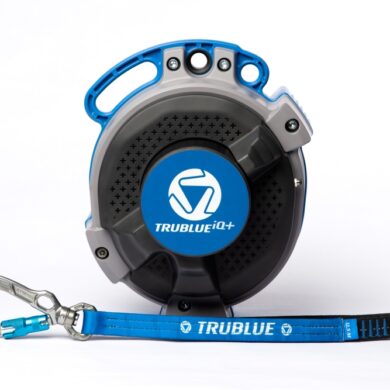 TRUBLUE iQ+ | Catch & Hold Auto Belay€ 4.399,00 – € 4.759,00 Ex VAT
TRUBLUE iQ+ | Catch & Hold Auto Belay€ 4.399,00 – € 4.759,00 Ex VAT -
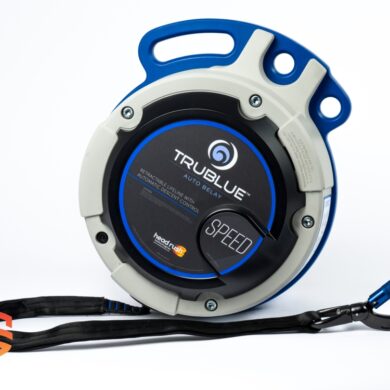 TRUBLUE SPEED Auto Belay | 7,5 – 16 meter€ 2.799,00 – € 3.059,00 Ex VAT
TRUBLUE SPEED Auto Belay | 7,5 – 16 meter€ 2.799,00 – € 3.059,00 Ex VAT -
 TRUBLUE iQ Auto Belay | 4,5 – 20 meter€ 2.799,00 – € 3.159,00 Ex VAT
TRUBLUE iQ Auto Belay | 4,5 – 20 meter€ 2.799,00 – € 3.159,00 Ex VAT

